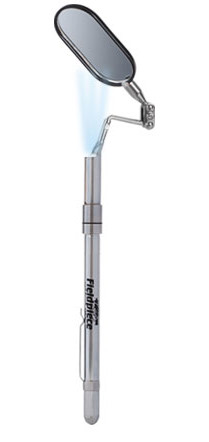Bridge plate wear is a common concern for guitar players, and at Mitchel Guitar, we understand the importance of maintaining your instrument’s structural integrity. Many guitarists unknowingly contribute to this issue through common stringing practices. Understanding the causes is the first step to prevention and ensuring the longevity of your guitar’s bridge plate.
Understanding the Culprits Behind Bridge Plate Damage
There are primarily two actions that lead to premature wear on your guitar’s bridge plate. Firstly, the issue arises when the ball end of the guitar string isn’t properly seated against the bridge plate during string installation. When the string tension is increased, the ball end can suddenly slip upwards and forcefully impact the bridge plate. This impact, repeated over time, causes noticeable wear and tear at the point of contact. You’ve likely experienced this as a sudden “ping” sound shortly after stringing a guitar.
Secondly, a seemingly helpful but ultimately damaging technique involves forcefully pushing the string deep into the bridge and then aggressively yanking it upwards. While intended to ensure the ball end is seated, this method is actually detrimental. The upward yanking motion not only applies undue pressure on the bridge plate but also causes the string windings to act like a saw against the bridge plate grooves. Over time, this sawing action, though subtle, carves out the string channel, weakening the plate.
 Click here to see a large version
Click here to see a large version
The Simple Solution: Visual Confirmation with a Lighted Mirror
At Mitchel Guitar, we advocate for a simple yet highly effective solution to protect your bridge plate: using a lighted mirror. For under $20, a small lighted mirror becomes an invaluable tool in your guitar maintenance kit. Before tuning your strings to pitch, use the mirror to visually inspect the ball end of each string through the soundhole. Confirm that each ball end, with its brass ring, is seated firmly against the bridge plate. If you find a string is not correctly positioned, simply remove the bridge pin, reposition the string to ensure proper contact, and then re-insert the pin. This quick visual check before applying full string tension is all it takes to prevent unnecessary wear.
Mitchel Guitar’s Commitment to Longevity
Even with heavier gauge strings, like my preferred custom medium set with a robust .58 or .59 low E and a .14 high E, bridge plate wear is entirely avoidable with this technique. At Mitchel Guitar, we build our instruments with durability in mind, and proper stringing practices are crucial to maintaining that integrity. By adopting this simple visual check, you can ensure your guitar’s bridge plate remains in excellent condition for years to come, preserving the tone and structural health of your instrument.
